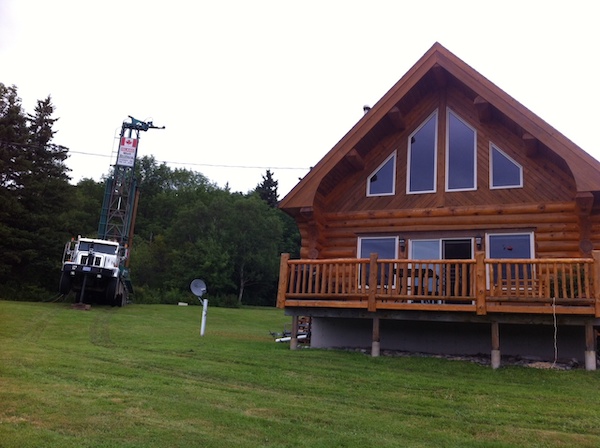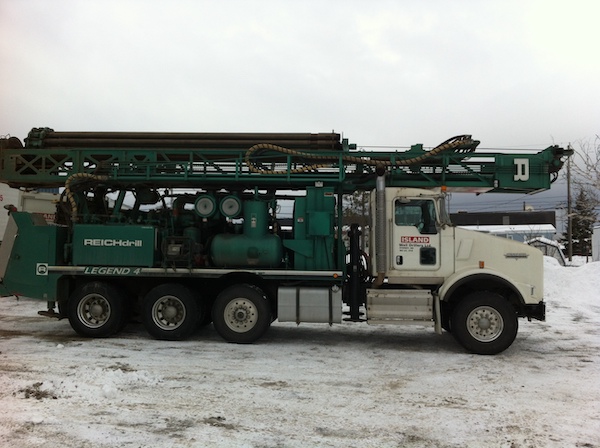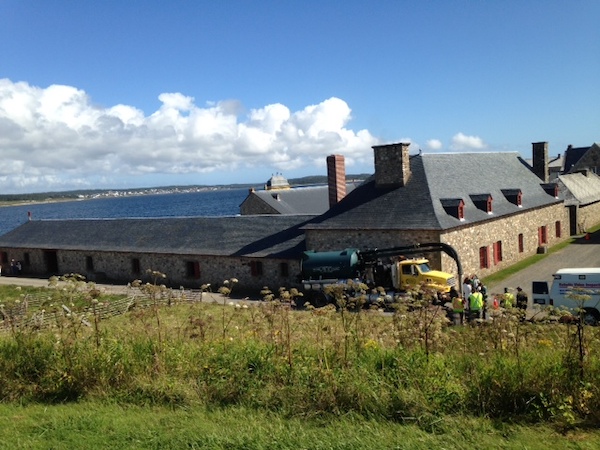Process
What’s the Process at Island Well Drillers?
In Cape Breton, there are generally two types of water wells: drilled and dug.



1
When to Drill?
Your well should be drilled before construction on the site commences to ensure a good water supply is located.
2
Determine Location
A drilled well must be 50 feet from your septic, 5 feet from your property line, and 20 feet from a public road. When you choose us to drill your well, we will visit your site to help you choose the location; you can pick the location or defer to us, but the location must be accessible to our drill machine.
3
Digging a Trench
4
Connecting the System Components
5
Installing Pumps
When you are ready, we will come to your site and drill your well. Once the well is complete and your house is near completion, we will arrange for our pump installers to come to the house to complete your water hook-up process.
6
Abandoning Old Wells
7
Water Testing and Treatment
After using the water for a few days, when the water is clear, we highly recommend a bacteria sample be taken to a lab for testing to ensure drinkability. After you have used the water for a period of a month or two, we recommend bringing us a water sample to test for hardness, pH, iron and manganese. There is no charge for this test and based on the results, we can recommend water treatment solutions, if necessary. We ask that you wait a little while before we do the tests because once you start using the well, the chemistry can change quite a bit and will plateau after time.
Tips for Maintaining your Well
If you take some simple steps, maintaining your well should be fairly stress free:
Always use a licensed well driller or pump installer
Have your Well checked by a professional annually
It is recommended to inspect for leaks, wear on fittings, etc. and perform a bacteria test.
Keep a look out for any changes
If there is any change in taste, odour or appearance in your drinking water, your system should be checked
Check the Well Cover or Cap
Checking the well cover or cap periodically for wear can help prevent a problem before it happens.
Don't use pesticides near your well
You wouldn’t drink it, so don’t use it near your drinking water.
Protect your Well
Protect your well from snow plowing or other potential damage, and don’t let leaves or debris get built-up around
